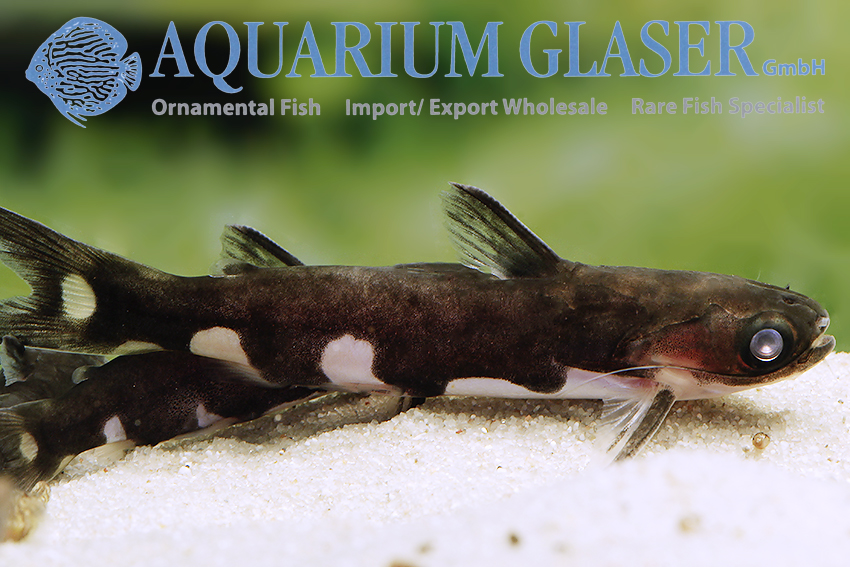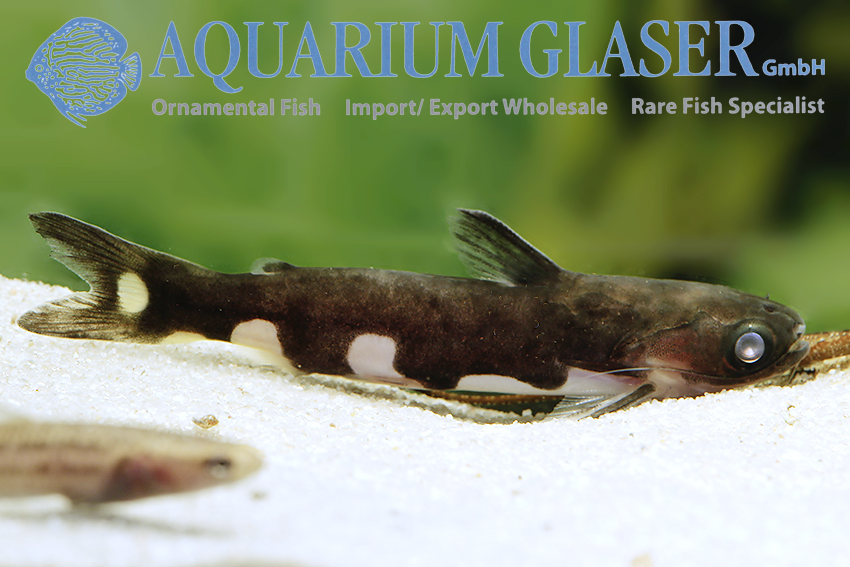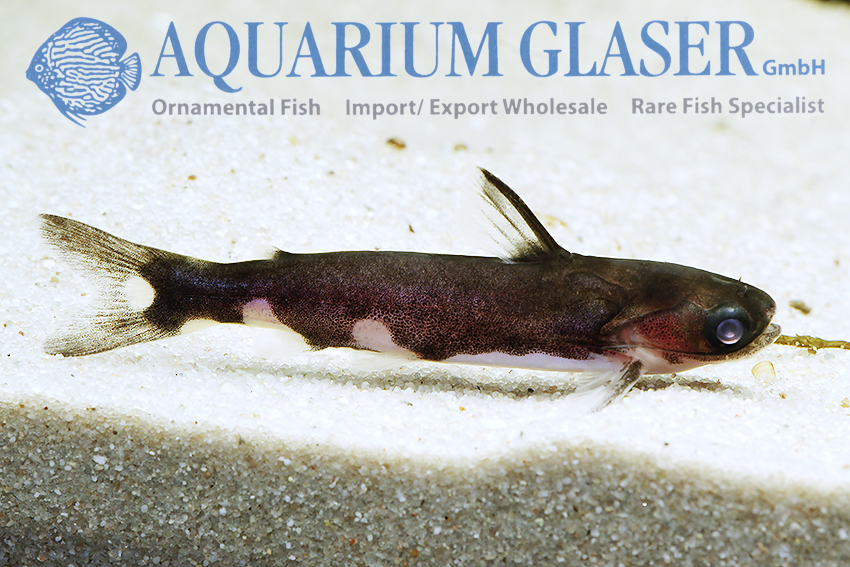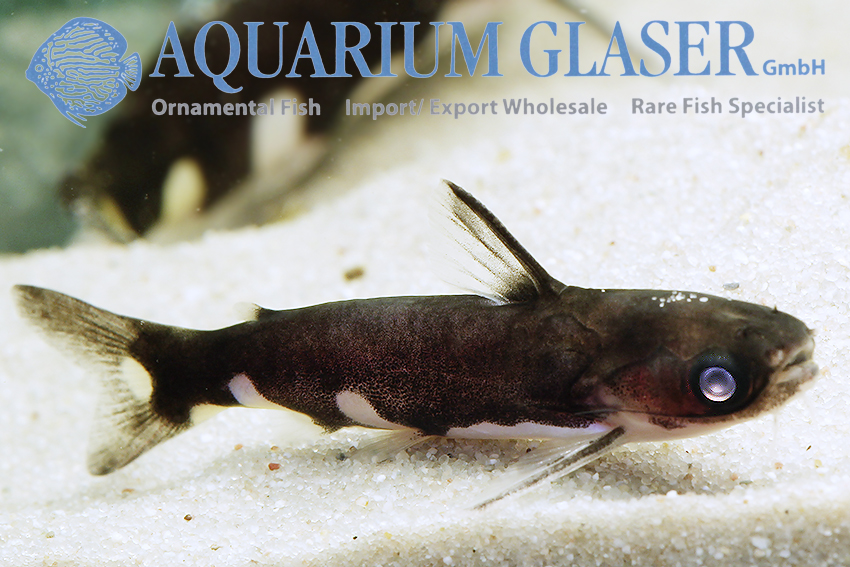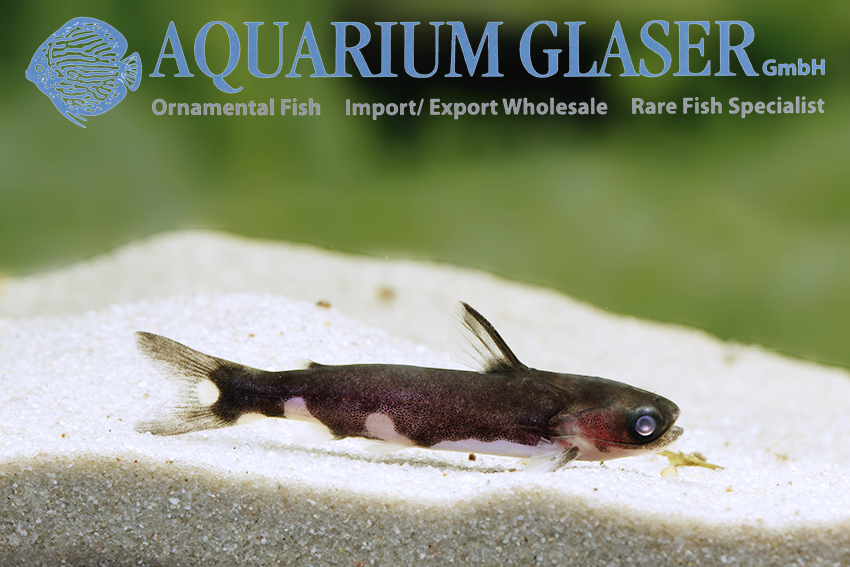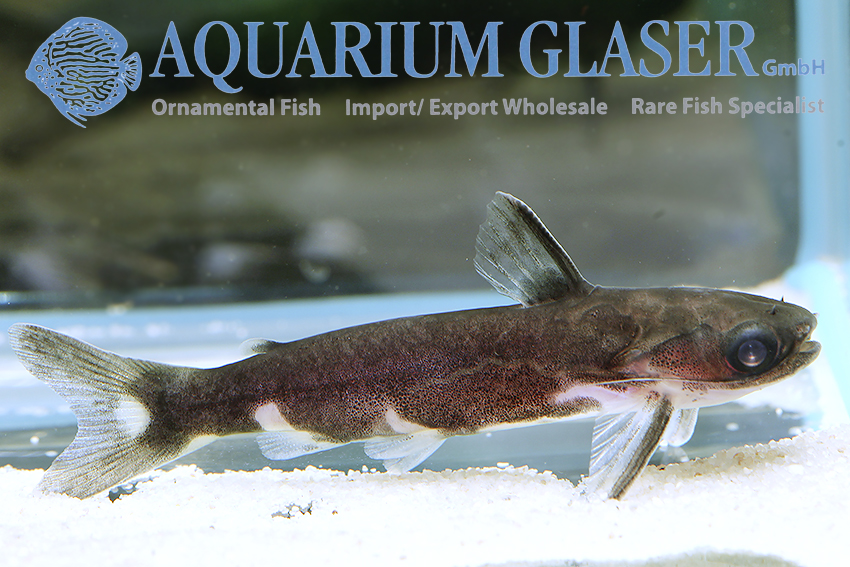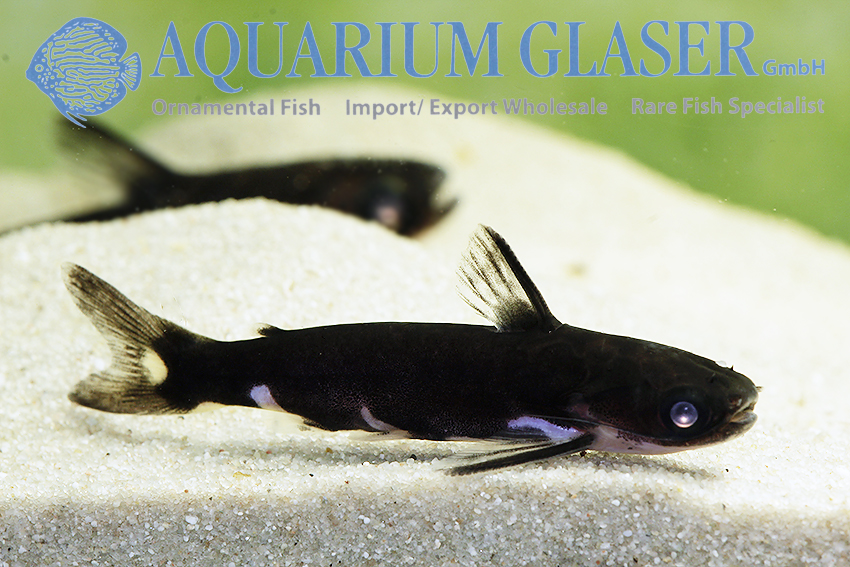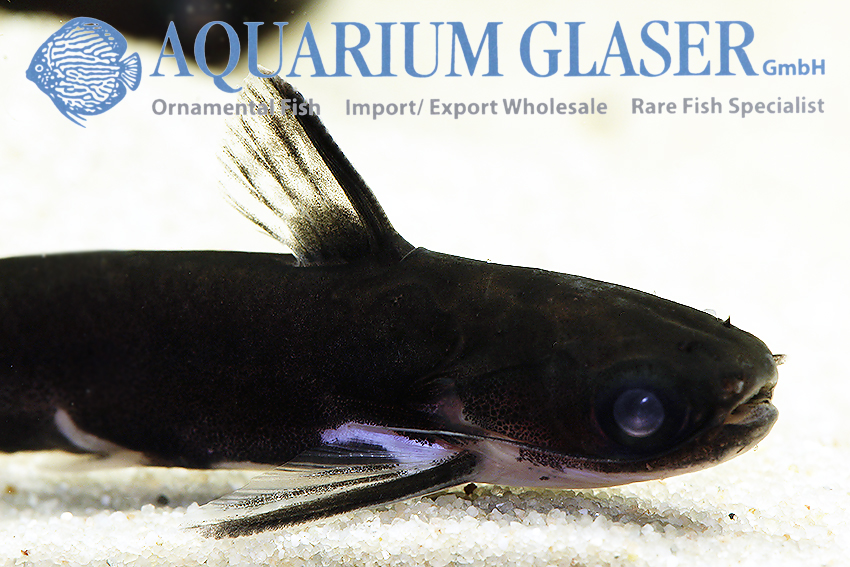When the first black and white “Tatia” appeared in the ornamental fish trade some years ago, they were celebrated as a sensation. (see https://www.aquariumglaser.de/en/fish-archives/centromochlus_sp_ninja_en/ and https://www.aquariumglaser.de/en/fish-archives/tatia_musaica_en/). We identified these fish, which originated in Brazil, as Tatia musaica. In 2017, a team of scientists published a study on Centromochlus species and described the species previously known as Tatia musaica from Brazil (Rio Nhamunda drainage) as a new species Centromochlus orca. However, they confirmed Tatia musaica as a valid species from the Rio Orinoco. The “real” Tatia musaica differs in color from C. orca by the higher proportion of black in the coloration. It was astonishing that these two species, so similar to each other, were placed in different genera.
Unfortunately, this team of scientists had overlooked a 2015 paper by Steven Grant in which Grant established several new (sub)genera, including Sauronglanis for the species then identified as T. musaica. So now there were already three generic names for the small (5-6 cm long) black and white Tatias!
In 2019, another team of scientists published a study on the relationship classifications of the driftwood catfishes, in which both species (orca and musaica) were reassigned to Tatia, and Sauronglanis was declared a synonym of Tatia.
This did not go unchallenged; in a study published in 2020, both species were regrouped and this time placed in Centromochlus, so should now be called C. orca and C. musaicus. And Grant is not yet convinced that his genus Sauronglanis is really a synonym, as he writes in his 2021 book on banjo-catfish, doradids, and driftwood catfishes.
In any case, we now have pretty black and white driftwood catfishes from the Orinoco in the stock that are undoubtedly the species originally described as Tatia musaica, to whichever genus one may assign them.
For our customers: the animals have code 295842 on our stocklist. Please note that we supply exclusively to wholesalers.
Text & photos: Frank Schäfer
Literature:
Calegari, B. B., Vari, R. P. & R. E. Reis (2019): Phylogenetic systematics of the driftwood catfishes (Siluriformes: Auchenipteridae): a combined morphological and molecular analysis. Zoological Journal of the Linnean Society v. 187 (no. 3): 661-773.
Grant, S. (2015): Four new subgenera of Centromochlus Kner, 1858 with comments on the boundaries of some related genera (Siluriformes: Auchenipteridae: Centromochlinae). Ichthyofile No. 3: 1-16.
Grant, S. (2021): Banjos, Dorads and Woodcats. Aspredinidae, Doradidae and Auchenipteridae Catfishes. ATS-Aquashop, Neustadt am Rübenberge: 1-300.
Sarmento-Soares, L. M., Lazzarotto, H., Rapp Py-Daniel, L. H. & R. P. Leitão (2017): A new Centromochlus Kner, 1858 (Siluriformes: Auchenipteridae: Centromochlinae) from the transition between Amazon floodplain and Guiana shield, Brazil. Neotropical Ichthyology v. 14 (no. 4): 1-11.
Sarmento-Soares, L. M. & R. F. Martins-Pinheiro (2020): A reappraisal of phylogenetic relationships among auchenipterid catfishes of the subfamily Centromochlinae and diagnosis of its genera (Teleostei: Siluriformes). Proceedings of the Academy of Natural Sciences of Philadelphia v. 167: 85-146.





